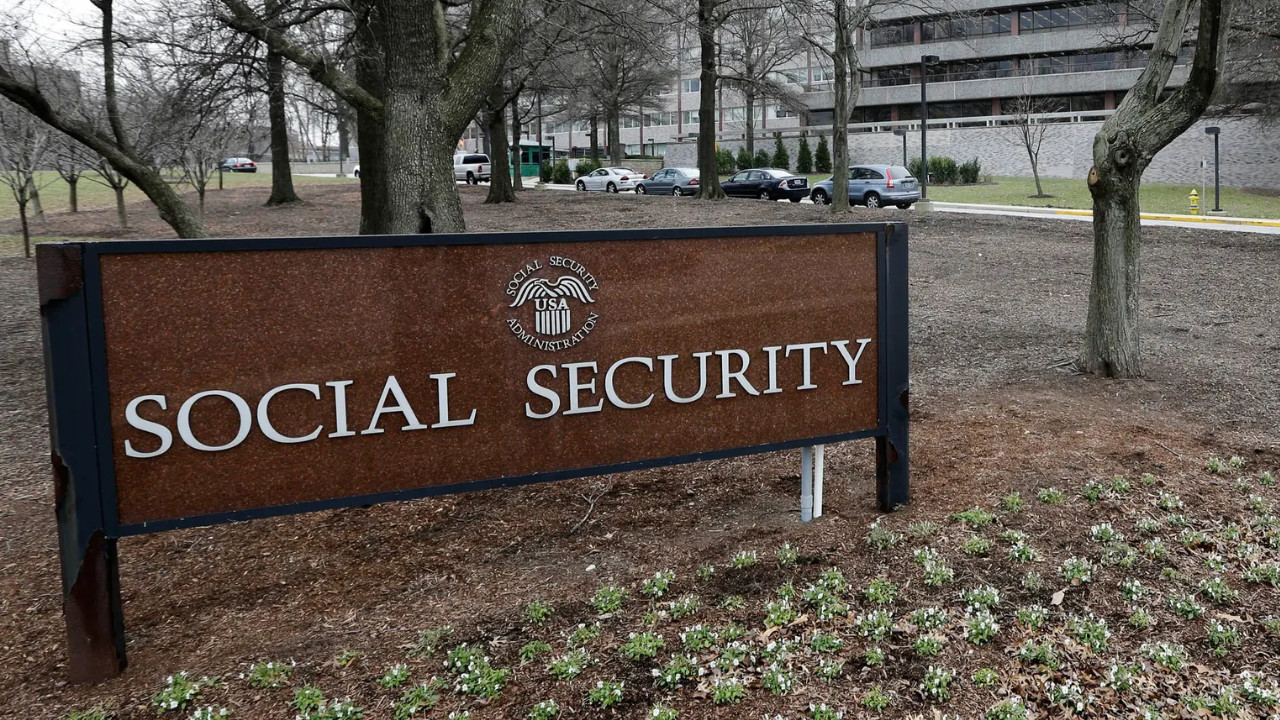Social Security benefits will see a 2.8% increase in 2026, offering retirees an average monthly boost of over $56. This adjustment, reflecting moderating inflation, will impact nearly 71 million recipients. Despite the rise, many seniors express concern that the increase won’t adequately cover escalating living costs, according to AARP polls.
Will a Little More Dough Be Enough? Social Security Increase Sparks Debate
For millions of Americans on fixed incomes, every penny counts. So, the recent announcement of a 2.8% cost-of-living adjustment (COLA) to Social Security benefits for 2025 was met with a mix of cautious optimism and outright skepticism. While it translates to an average monthly increase of roughly $56, the question on many seniors’ minds is: will it really make a difference?
This isn’t just about pocket change; it’s about fundamental financial security for a vulnerable segment of the population. Let’s break down what this adjustment means and why the debate around its adequacy is heating up.
The Nitty-Gritty of the Social Security Increase
The annual COLA is designed to protect Social Security recipients from the sting of inflation. It’s calculated based on the Consumer Price Index for Wage Earners and Clerical Workers (CPI-W), a measure of how much the prices of everyday goods and services have risen over the past year. A 2.8% bump reflects the increase in those costs.
For the average retiree receiving Social Security, that translates to about $56 more each month. While that might sound helpful at first glance, it’s crucial to remember that this is an average. The actual amount individuals receive will vary based on their prior earnings and the age at which they began claiming benefits. Some will see a slightly larger increase, while others will see less.

Is It Enough to Keep Pace?
The crux of the issue is whether this 2.8% increase truly reflects the real-world expenses faced by seniors. Many argue that it doesn’t. The CPI-W, while a broad measure of inflation, might not accurately capture the specific costs that disproportionately affect older Americans.
Healthcare, for instance, is a major expense for seniors, and its costs often rise faster than the overall inflation rate. Housing, too, can be a significant burden, particularly for those living on fixed incomes in areas with rapidly escalating rents. The price of food has also increased greatly recently.
Advocacy groups for seniors contend that the COLA calculation needs to be revisited to better reflect the unique spending patterns of older Americans. Some propose using a different inflation index, such as the CPI-E (Consumer Price Index for the Elderly), which gives greater weight to healthcare and housing costs.
The Broader Context: Social Security’s Future
The adequacy of the annual COLA is just one piece of a much larger puzzle. The long-term solvency of Social Security is a persistent concern, and debates about benefit levels and funding mechanisms are ongoing.
With a growing number of retirees and a shrinking ratio of workers contributing to the system, reforms are likely inevitable. These could include raising the retirement age, adjusting the benefit formula, or increasing payroll taxes. Any changes to Social Security will have a profound impact on the financial security of current and future retirees. Learn more about the long-term solvency concerns surrounding Social Security here.
What Can You Do?
For those already receiving Social Security, this 2.8% increase, however modest, can still provide a bit of breathing room. It might mean being able to afford a necessary medical appointment, covering the rising cost of groceries, or simply having a little extra cushion for unexpected expenses.
However, it’s also a reminder of the importance of sound financial planning. Developing a budget, exploring available resources like Supplemental Security Income (SSI) or Medicare assistance programs, and seeking financial advice can help maximize your resources and navigate the challenges of living on a fixed income.
For those still in the workforce, the situation underscores the need to save early and often for retirement. Social Security is a vital safety net, but it’s rarely enough to provide a comfortable retirement on its own. Diversifying your retirement savings through 401(k)s, IRAs, and other investment vehicles is crucial for securing your financial future.
The Conversation Continues
The debate over the Social Security increase highlights the ongoing challenges of ensuring a secure retirement for all Americans. While the 2.8% COLA offers some relief, it’s clear that more comprehensive solutions are needed to address the long-term financial security of seniors. It’s a conversation that needs to continue, with a focus on finding sustainable and equitable solutions that protect the most vulnerable members of our society.







